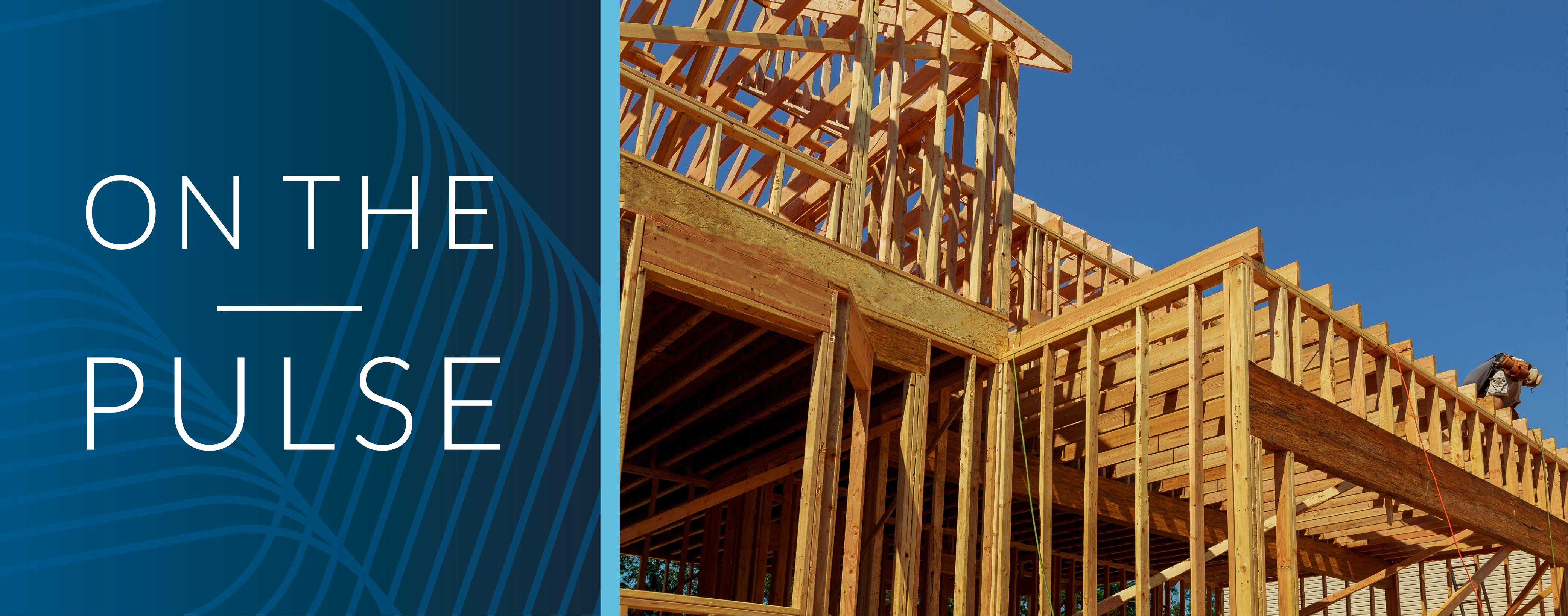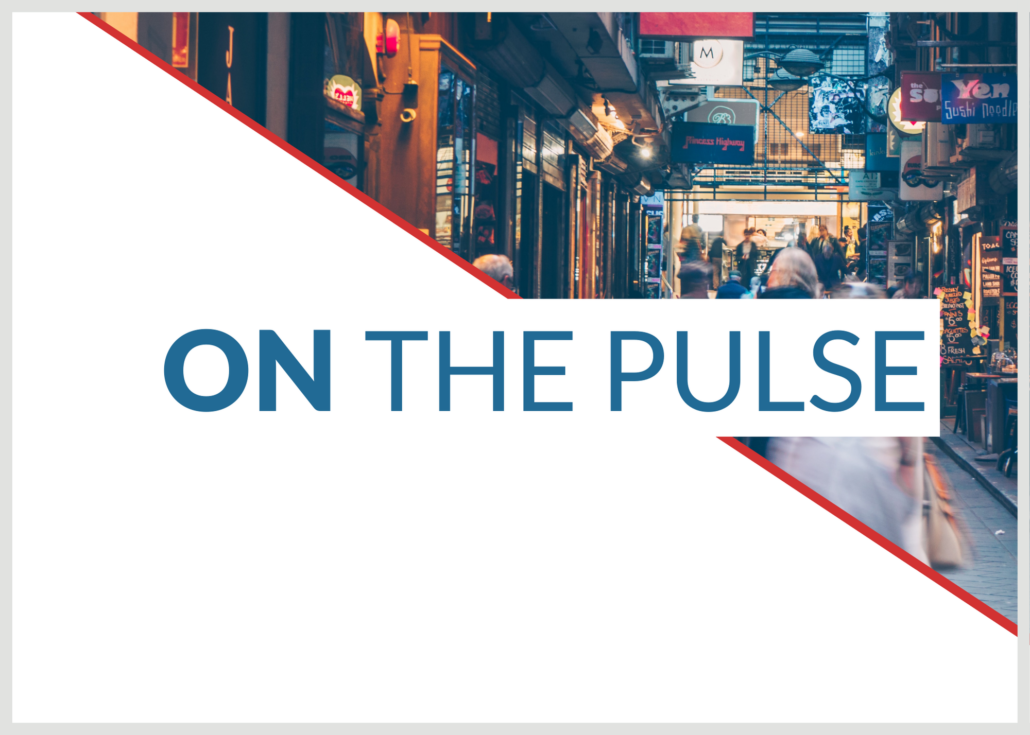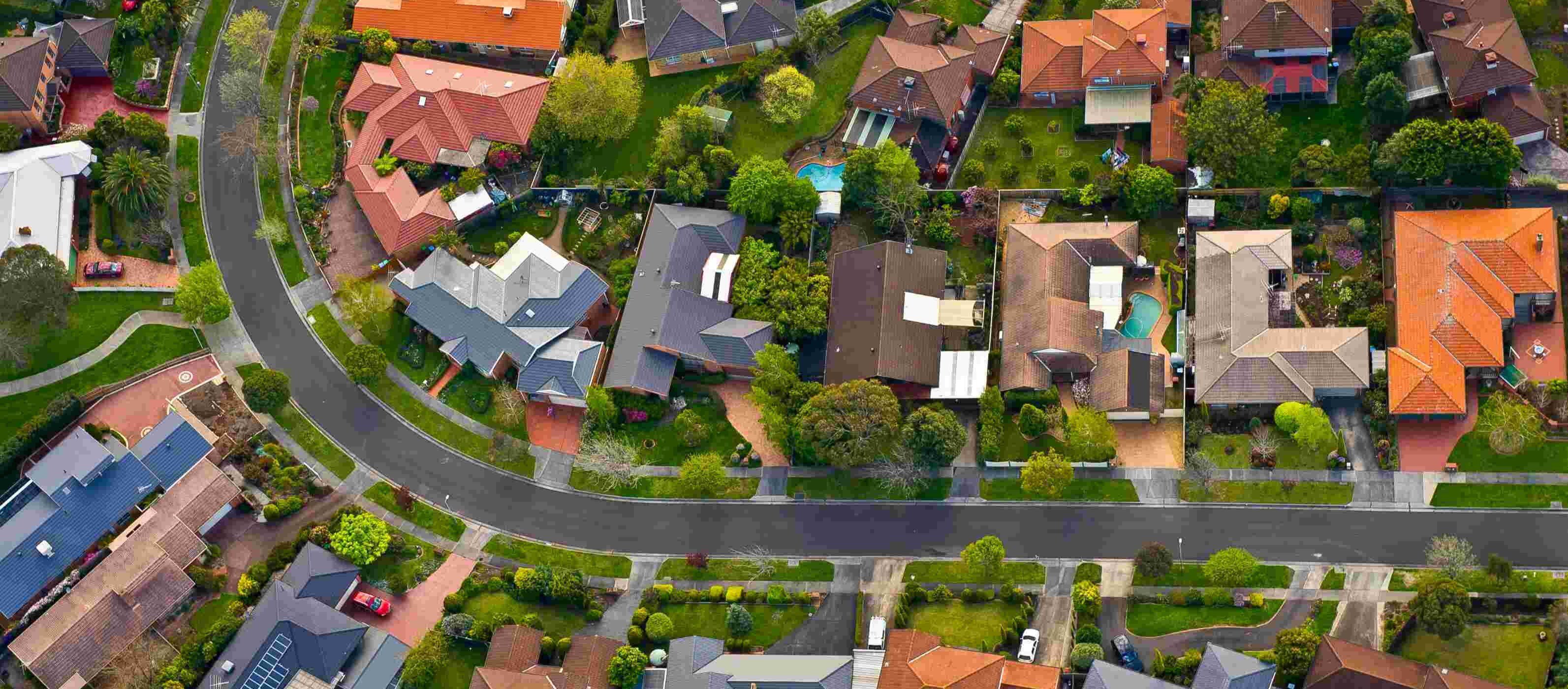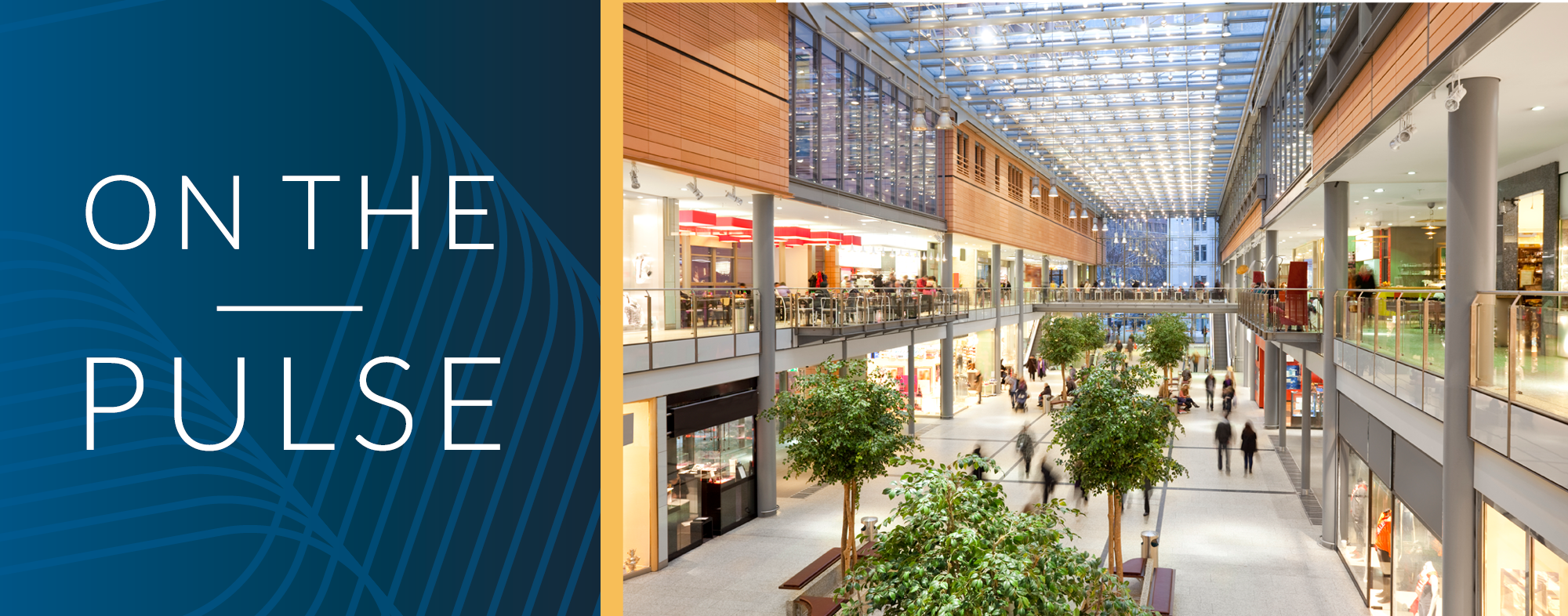Victoria Market Insights Q2 2025: Melbourne Property Prices, Trends & Outlook
Blog
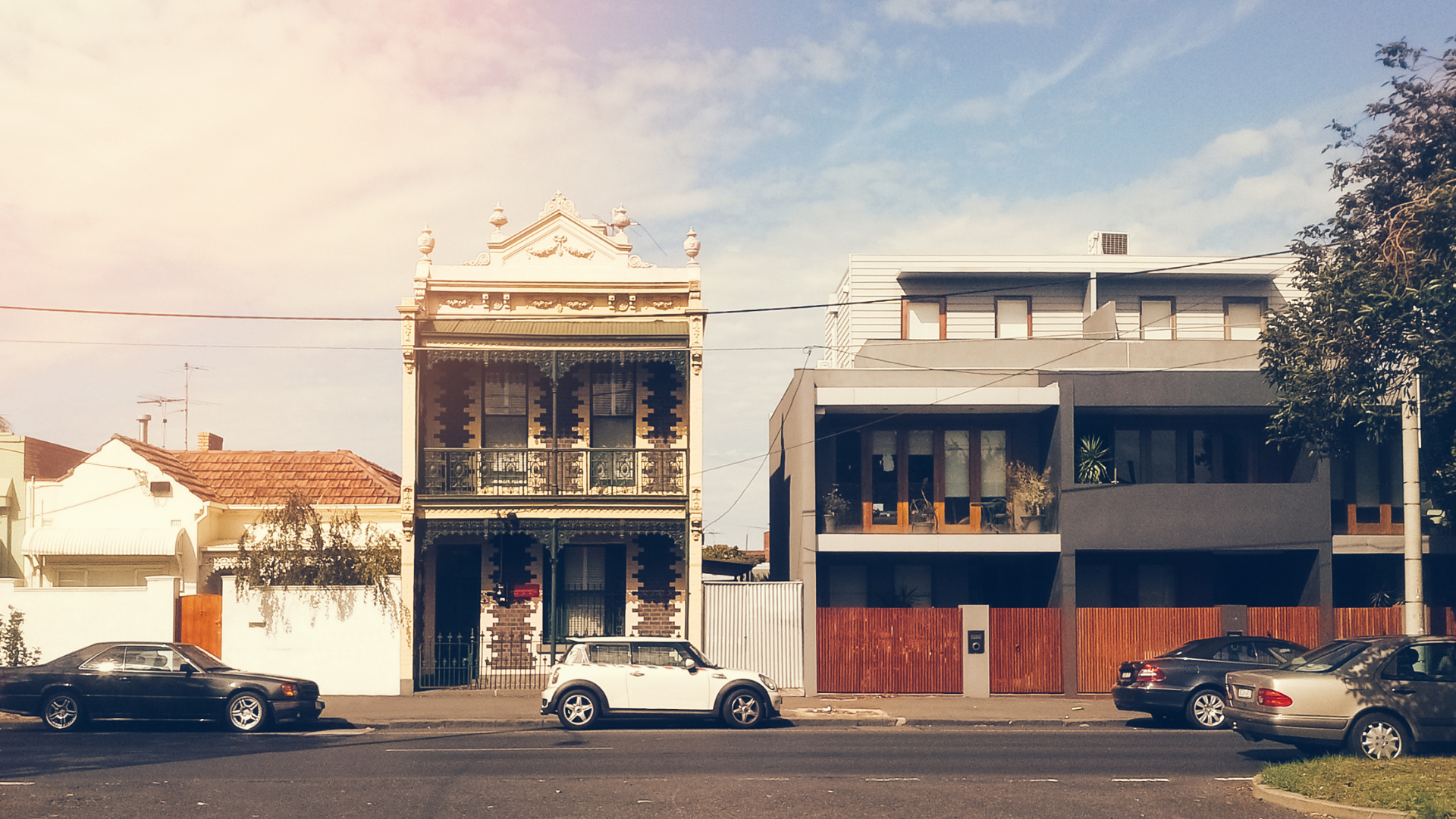
Nello Noto
State Director
nello.noto@opteonsolutions.com
National Housing Market Performance – Q2 2025
Australia’s residential property market recorded a strong performance in the second quarter of 2025, marking a clear rebound after a period of mixed results in previous quarters. National home values rose by 1.4%, with capital cities such as Sydney, Brisbane, Adelaide, Perth, and Darwin reaching new price peaks.
This national uplift was supported by the Reserve Bank of Australia’s (RBA) decision to lower the cash rate from 4.35% to 3.85%, making borrowing more affordable and boosting buyer confidence. The increased borrowing capacity brought more buyers into the market, while sellers responded with higher listing activity.
However, this pace of growth - nearly double the rate of average wage increases - has further heightened housing affordability pressures. While lower interest rates have made loans more accessible, property prices in many markets remain out of reach for first-home buyers.
Melbourne Property Prices: Q2 2025 Snapshot
The Melbourne housing market posted a 1.1% value change in Q2 2025, underperforming compared to the national average. This more subdued growth reflects softer overall conditions, with increased supply and stable demand balancing out to create a relatively flat market environment.
Despite the slower overall momentum, new and recently renovated homes continue to attract strong competition. Buyers in this segment are prioritising properties that require minimal immediate investment, leading to faster sales and more robust prices.
In contrast, older homes in need of upgrades are taking longer to sell, with buyers seeking greater price flexibility. While many suburbs have recorded modest growth, others have experienced flatlining or even slight declines, highlighting the patchy nature of current conditions.
Victorian Housing Market: Key Supply and Demand Trends
One of the most notable trends in the Victorian housing market this quarter is the increase in property listings. More homeowners are entering the market in response to improved buyer sentiment following the RBA rate cut.
On the demand side, activity remains stable. While there’s renewed interest from certain buyer segments, economic headwinds and affordability challenges mean that price growth has been contained. This balance of higher supply and steady demand is keeping Melbourne property prices from accelerating too quickly.
House Values in Melbourne by Property Type and Location
The house values in Melbourne vary widely depending on property type and location:
- Family homes in sought-after school zones are achieving premium prices and attracting multiple offers.
- Inner-city apartments are stabilising in value, with a modest lift in investor activity.
- Outer suburban new builds are seeing strong demand from first-home buyers seeking affordability and space.
This mixed performance means buyers and sellers alike need to take a hyper-local approach when assessing market opportunities.
.jpg?width=1920&height=1080&name=Australia%20Home%20(2).jpg)
Investor Sentiment in the Melbourne Real Estate Market
Investor activity in Melbourne has moderated compared to previous years. While vacancy rates remain low and rental demand is strong, rental yields have softened slightly. For some investors, the rising cost of land tax is prompting reconsideration of holding assets in Victoria.
Some are selling to reallocate funds to other states or to regional Victoria, where yields may be higher and taxes lower. Others remain committed, confident in Melbourne’s long-term fundamentals such as population growth, infrastructure investment, and its status as a key hub for education and migration.
Regional Victoria Housing Market Performance
The regional Victorian housing market has performed more strongly than Melbourne in Q2 2025. Median house prices are trending upward, supported by:
- Lifestyle appeal and affordability
- Improved transport connections to Melbourne
- Strong investor interest in regional rental markets
Centres like Geelong, Ballarat, Bendigo, and the Surf Coast continue to attract buyers priced out of Melbourne, as well as those seeking lifestyle changes without losing access to metropolitan job opportunities.

Rental Yields, Vacancy Rates, and Affordability in Melbourne
The Melbourne rental market remains tight, with vacancy rates low across most suburbs. However, rental yields have eased slightly from the highs of previous years due to slower rental growth relative to property values.
Affordability remains a challenge. Even though Melbourne’s price growth this quarter was subdued, Melbourne property prices remain high compared to average household incomes. First-home buyers are increasingly looking toward outer suburbs or regional towns within commuting distance to secure better value.
Suburb-Level Melbourne Property Trends
Performance across Melbourne suburbs is far from uniform:
- Premium inner suburbs with limited supply continue to command strong prices.
- Middle-ring family suburbs are seeing solid but measured growth, especially where infrastructure upgrades are underway.
- Outer growth areas are benefitting from government housing initiatives and increased first-home buyer activity.
This uneven growth highlights the importance of targeted property selection and tailored valuation advice.
Victorian Housing Market Outlook for Late 2025
The outlook for the Victorian housing market in the second half of 2025 is one of stability with pockets of growth. Key influences will include:
- Interest rate settings – further cuts could stimulate activity, while any increases may dampen demand.
- Economic conditions – wage growth, inflation, and employment rates will continue to shape affordability.
- Population growth – ongoing migration will support housing demand in Melbourne and key regional centres.
While a rapid surge in Melbourne property prices appears unlikely in the short term, gradual growth is expected, particularly in well-connected, high-demand areas.
Final Thoughts
In Q2 2025, the Victorian housing market reflected a tale of two markets - steady and stable conditions in Melbourne, contrasted with stronger momentum in regional areas. Melbourne recorded a 1.1% increase in house values, with supply up, demand steady, and vacancy rates remaining low.
For buyers, the current conditions offer opportunities to negotiate and secure quality properties without the intense bidding wars seen in previous booms. For sellers, realistic pricing and property presentation remain essential. For investors, the decision to hold or sell hinges on balancing capital growth expectations with rental returns and holding costs.
While Melbourne’s short-term growth may be modest, the city’s long-term appeal - driven by strong population growth, infrastructure investment, and economic resilience - remains intact. The Victorian housing market continues to offer opportunities for well-informed buyers, sellers, and investors alike.
For more state insights, take a look at our recent Property Pulse Check.
Subscribe to Receive the Latest Property Insights!
DISCLAIMER
This article is produced by Opteon Property Group Pty Ltd. It is intended to provide general information in summary form on valuation related topics, current at the time of first publication. The contents do not constitute advice and should not be relied upon as such. Formal advice should be sought in particular matters. Opteon’s valuers are qualified, experienced and certified to provide market value valuations of your property. Opteon does not provide accounting, specialist tax or financial advice.
Liability limited by a scheme approved under Professional Standards

